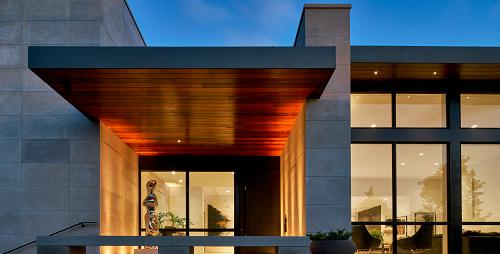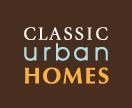










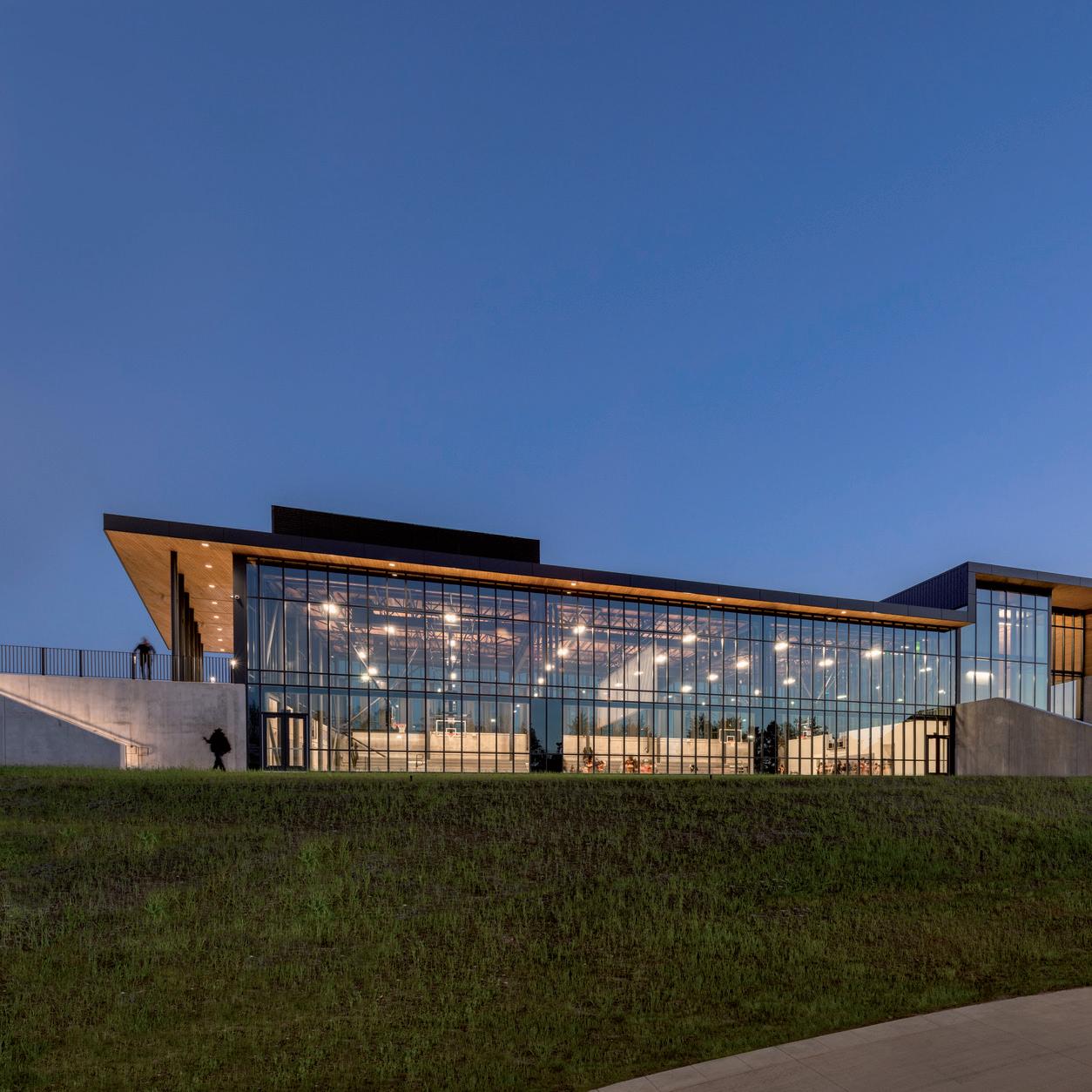 The Perkins&Will Singing Hills Recreation Center
The Perkins&Will Singing Hills Recreation Center
When we climb to higher ground it’s with the hope of seeing further, of expanding our vision, and understanding our surroundings. The Singing Hills Recreation Center in South Dallas is perched just above the landscape on its own hill. This gives the center a view to the north that stretches across the Trinity River to the skyline of downtown Dallas and beyond. The city of Dallas commissioned the architecture firm Perkins&Will to design the new
facility, and Ron Stelmarksi, a principal with the firm, said of it that “It’s one of our smaller projects, more humble than the majority of our commissions, but as an architect you want to do something for the community.” Stelmarski’s enthusiasm and pride at the results of his and Perkins&Will’s work was evident throughout our conversation, and with good reason.


The center is a far cry in every way from the original building. The original was built in 1973, and it was located in the valley below the hills in a flood plain. Stelmarski remarked “It was pretty opaque. Not what you’d want in the building.” The largely concrete and windowless squat, bunker-like structure was built of concrete and offered 25,000 square feet of space. The new facility is practically its exact opposite, and not just because of the care, thought, and expertise applied by Perkins&Will in its conception. The community was very much involved in
what it would be. Perhaps the most obvious request that the firm incorporated was that it be “glassy.”
The exterior walls of the entire structure are an almost uninterrupted band of floor-to-ceiling windows that allow light and nature to be as much a part of it as its components. Indeed, the shape of the building itself, specifically the double-height entry hall, is meant to mimic the undulating topography of the site. At 230,000 square feet (practically ten times the size of the original) it is not a

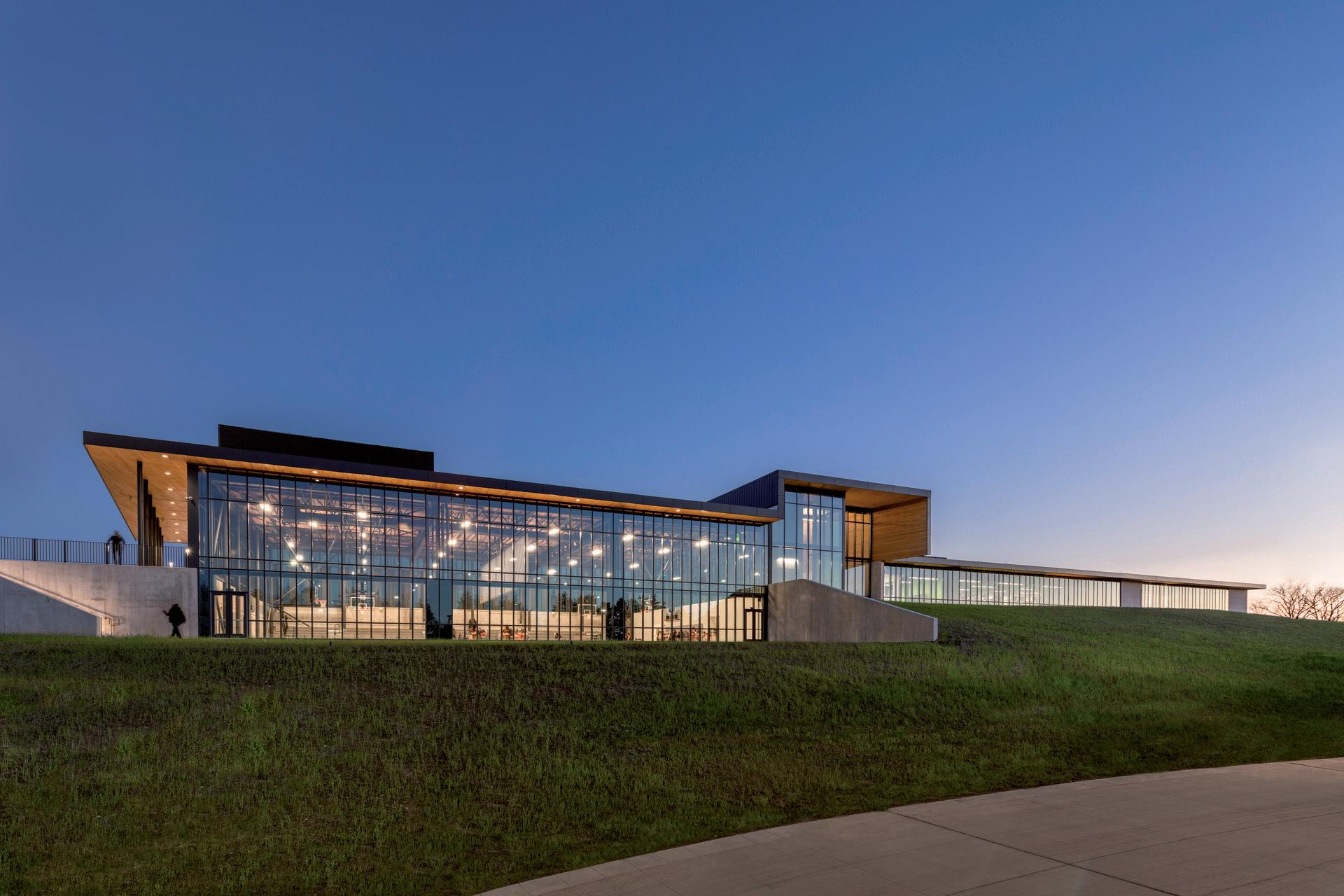
Unite land, sun and skies to bring the perfect view of life
View Our Second Home Collection
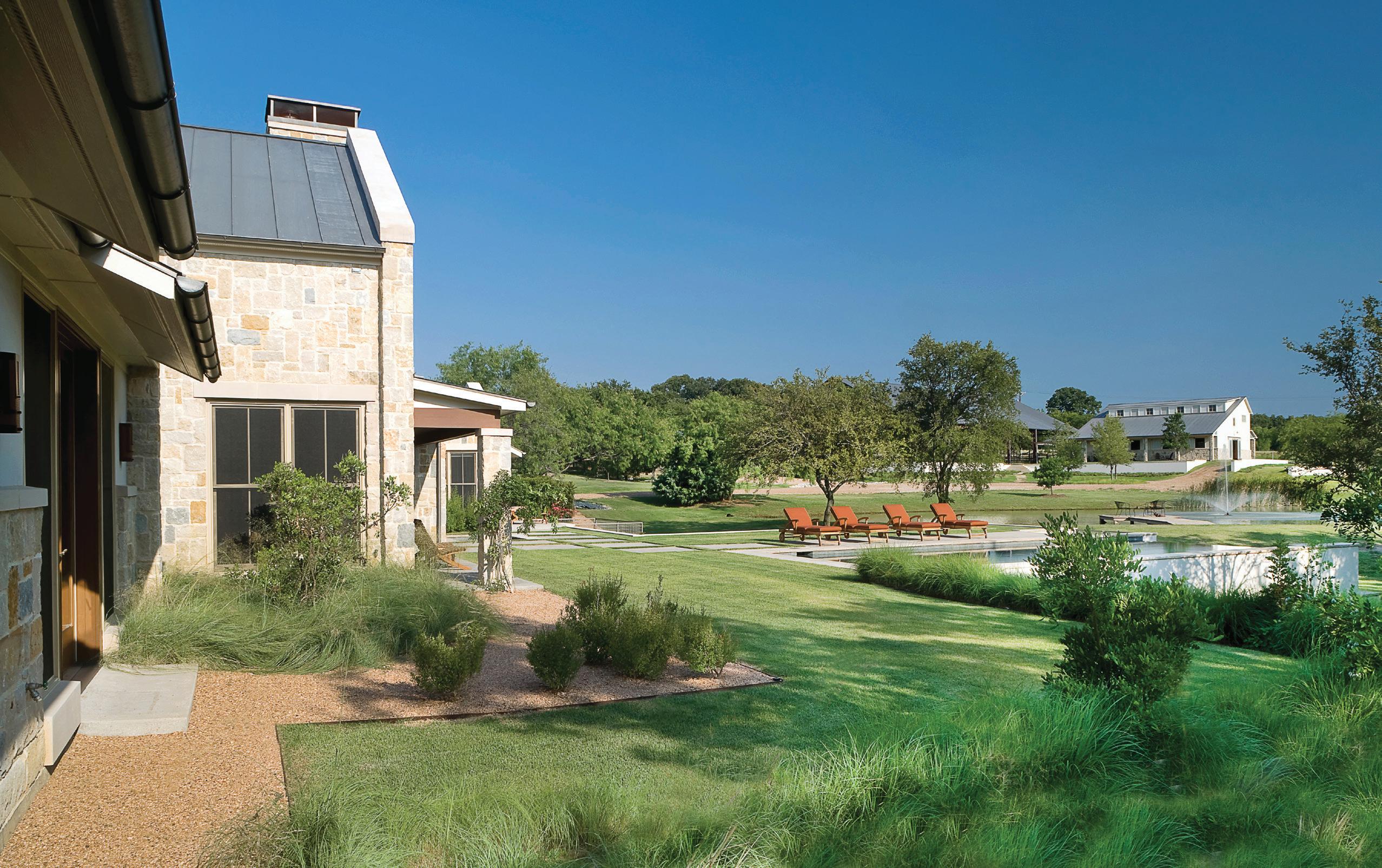
small building, but Perkins&Will ensured that it would not feel overwhelming in its size by burrowing into the hillside to tuck part of the structure into the ground. The NCAAsized gymnasium is a double-height space like the modestly towering entry, but you’d never know it because it’s placed below the grade of the building and still offers a full view to the north through its bank of windows. Should the need arise another gym could be added to this portion of the building.
The achievement of the center is not simply in its aesthetics or the amenities it offers the community, but also the participation and incorporation of multiple public and private entities that make it an incredible center of life for the area. Stelmarksi pointed out that it could have easily, normally would have, been just a building by itself. Instead, it’s also a stop on the DART rail line, which increases the accessibility to the center and makes it a safe and easy location for members of the community to walk


to or park to take the train. “Before the DART rail it could take members of the community, over two hours to reach downtown. Now they can travel to Union station in 25 to 30 minutes.” The UNT Dallas campus is the last stop on the Blue Line, so its student body can also take advantage of everything the center offers, but the campus also connects to the center via the Runyon Creek Trail. The trail continues northward to connect to the Five Mile Creek Trail, which one day will connect with the ambitious Loop
Dallas trail system that, once completed, will extend from the Trinity River Basin to just north of Royal Lane.
The center was opened in 2020 and completed in 2021 (Stelmarski noted the building was built in three phases from the east to the west as the funding became available), and it was immediately hailed by The Dallas Morning News’ architecture critic Marc Lamster as “the best new building in Dallas.” Since then it has also received

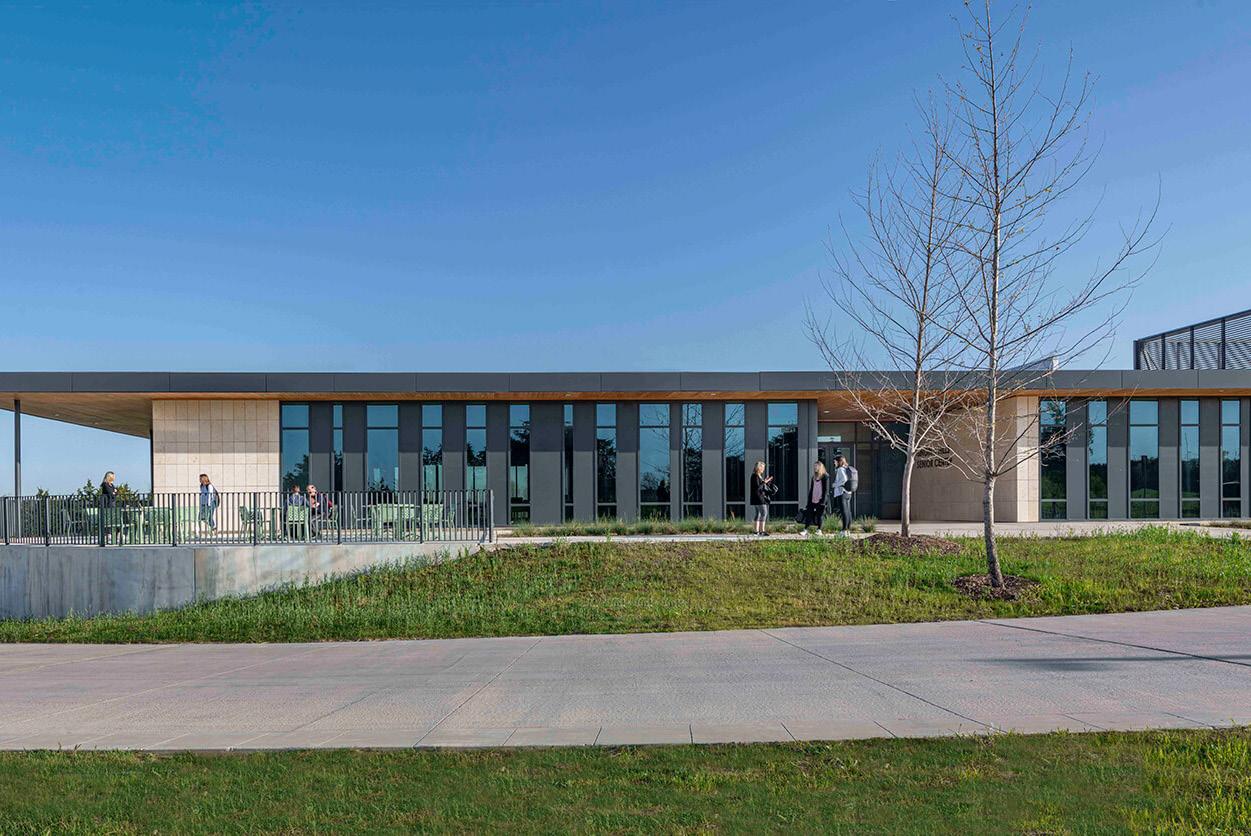
the AIA Dallas Honor Award, the Design Excellence Honor Award from the Phil Freelon Professional Design Awards, and was part of the Athletic Business Facilities of Merit showcase. As recently as this year Stelmarski was invited to speak about the building at THE PLATFORM Architecture Festival that works in conjunction with the Venice Biennale. Perkins&Will, the only American architecture firm out of the one hundred plus in attendance, were surprised by the invitation, but the mission state-
ment of the festival, also known as “The New Together,” reveals that they and the project were a natural choice.
The festival is described as “an active platform (for) all those projects that are children of a new time, generous and capable of indicating the change we are now experiencing and the solutions that can accompany this transition…the projects seek to interpret (the) desires in our lives by involving all the spaces in which communities (large
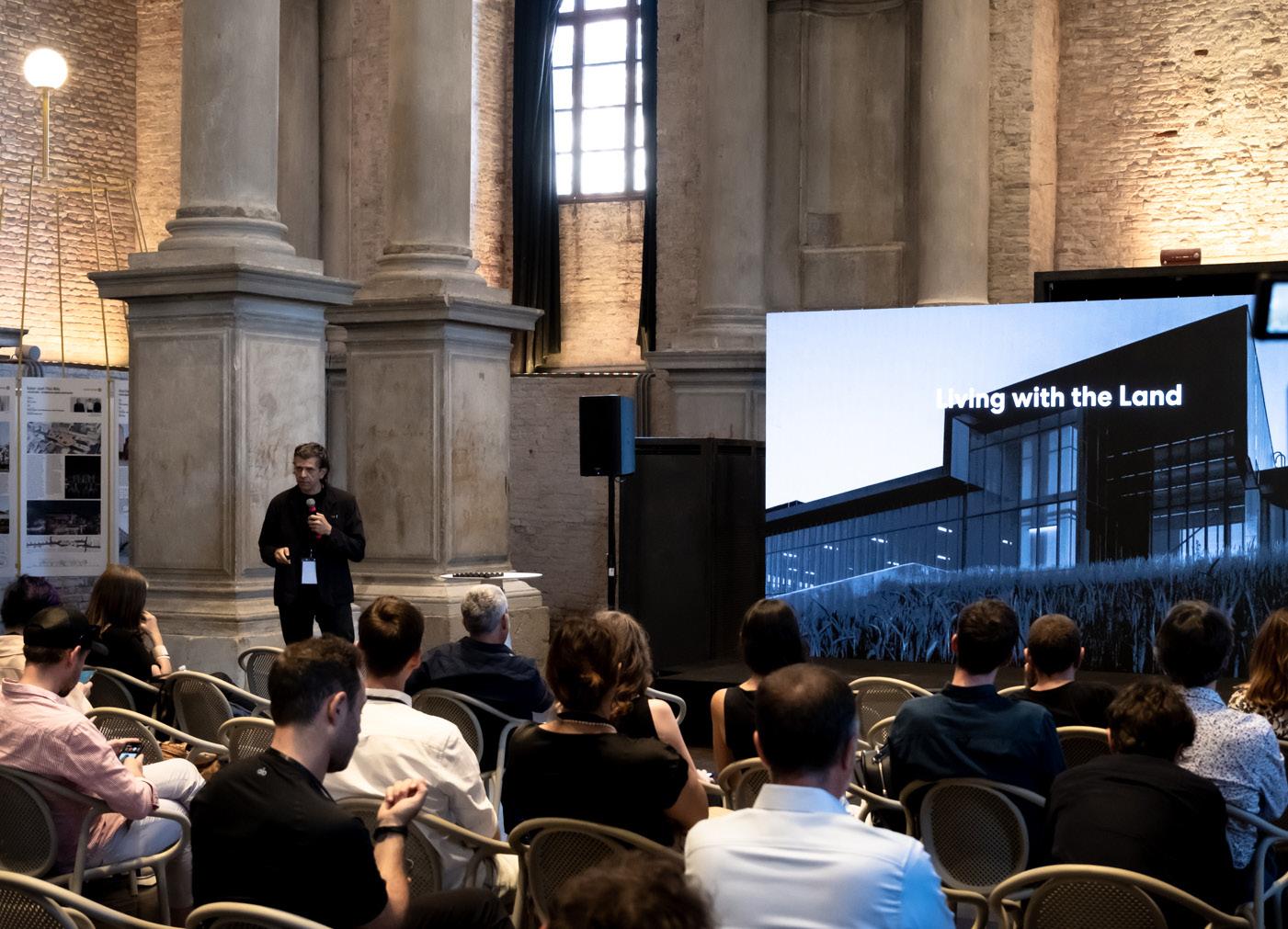
and small) can find themselves.” Stelmarski described the center as a “social infrastructure” as well as “an overlap of so many cultural points.” The building was designed with the goal of it being an intergenerational space with a senior center on the west end that has a separate entrance so that elder members of the community can have their own space if they choose, but it’s easily accessible to all and has been everything it was intended to be and more. As Stelmarski said “(The center) did not antici-
pate how many family reunions and wakes would be held there. Weeknights and weekends the commercial kitchen is packed. They’ve had food drives. It was a COVID-19 site. That’s life-giving and we’re happy to hear it. That’s the strength of the structure, not as an object.” The center is currently a one of its kind building for Dallas that hopefully will one day be a first of its kind building for Dallas.
// perkins+will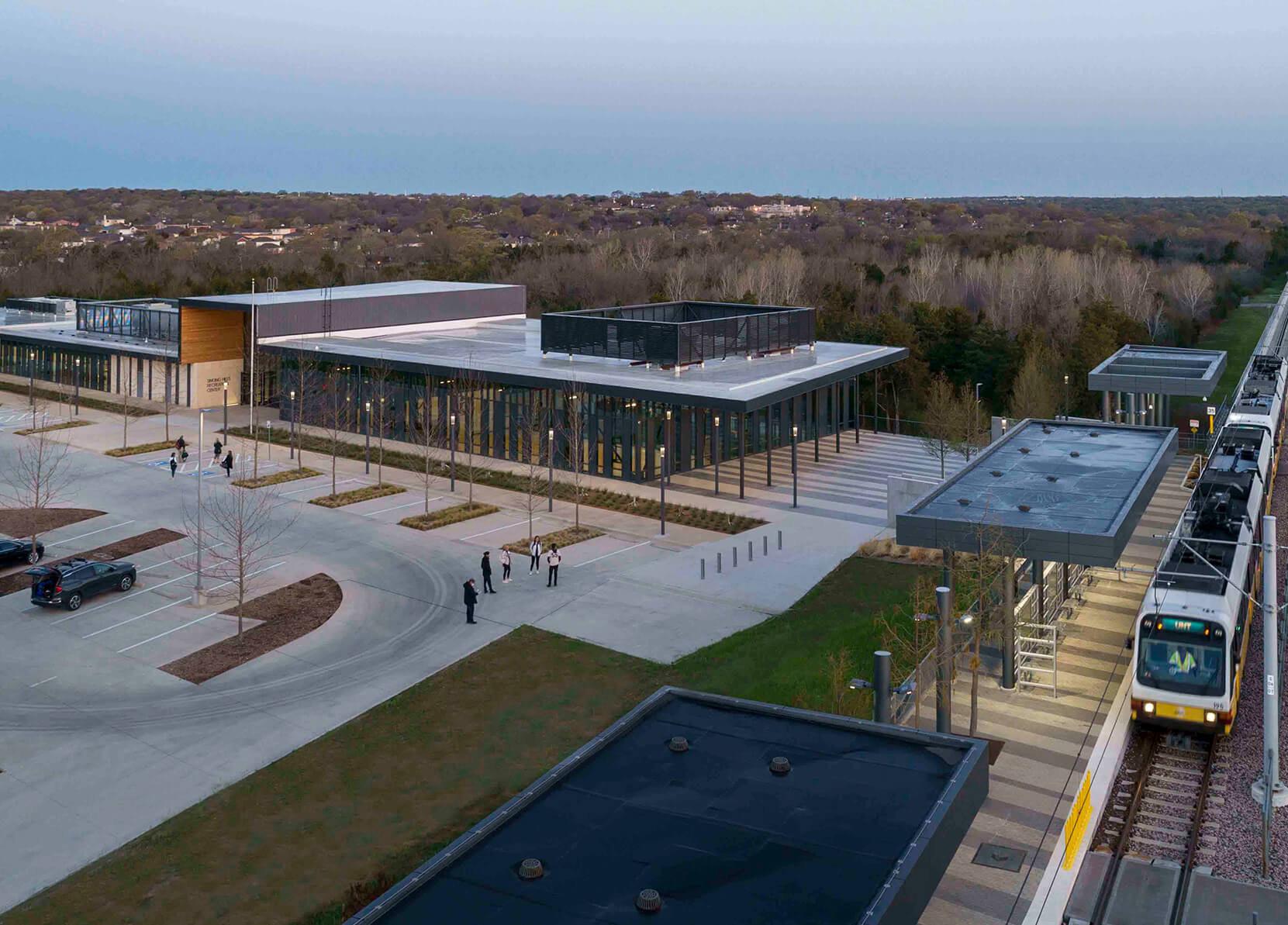
AUG 26–SEPT 30

KIRK HOPPER FINE ART
1426 N. RIVERFRONT BLVD
DALLAS
Water Tower and Moon, 2022, oil on museum board, 36” x 36”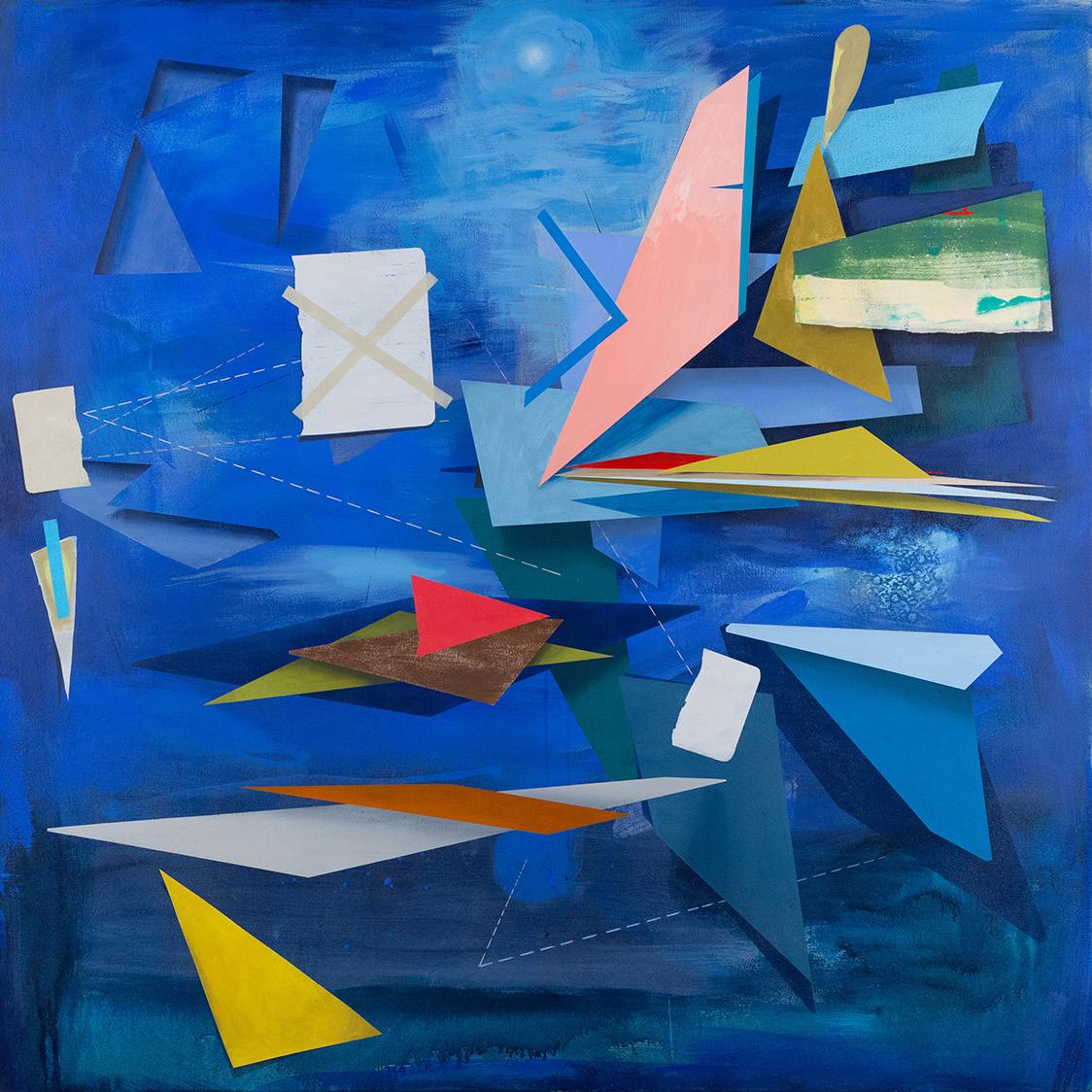 by Todd Camplin
by Todd Camplin
Much of the 20th and 21st-century abstract art has been layered with symbolism. Hilma af Klint and Wassily Kandinsky employed spirituality rooted in the Theosophical Society. Many of the Abstract Expressionists used Carl Jung’s exploration of the unconscious. Anges Martin said her grid lines represented innocence. In the 21st century, personal symbolism has become a dominant theme in artists’ works. David Collins alludes to personal memories in this body of work titled Beyond These Days, which is on display at Valley House Gallery. The paintings are abstract,
with hints of recognizable objects. Collins’s recorded experiences are not so unique to be alienating. His memories are relatable to our shared memories of our own encounters with flight and architecture. Although Collins’s artworks are abstract, I believe each artwork holds clues to unlock the imagery.
These works are formalist paintings. Collins is interested in line, form, color, and space. His images oscillate between flat and dimensional shapes. He has kept his

green night 2023 54 1/8 x 38 1/8 inches
attachment to cubist/futurist forms for the last ten years. Collins’s cubist reference is only a nod. These paintings are more like deconstructed objects and don’t play by the cubist rules. The viewer is left with shards of shapes that could never reform. I mention Futurism because the content of airplanes and satellites referenced in Collins’ paintings relates to the subject matter of those Italian masters. The futurists created


// sometimes the sun 2023 54 1/8 x 38 1/8 inches
wild optimism for the technology. Collins’s work feels less about optimism and more about stream-of-consciousness thoughts.
I reviewed David Collins’s show at Valley House Gallery about ten years ago. His work still uses sharp lines. An invention of more painterly shapes has been mixed into some of the new work. Clear distinct images are obscured by these painterly undefined shapes. Simi-




lar to the mind where we remember some things clearly and other memories are vague recollections. This type of painting represents memory as an abstract idea. Memories are Collins’s symbolic project.
Green Night, a 54 x 38-inch acrylic painting on canvas hits you with all its green glory. Brushed with layers of paint, each part of the work builds upon the other. Loose brushwork contrasts with hard edge flat shapes. Then to throw the viewer off, he adds a few uses of illusion-
ary three-dimensional forms. Collins even creates a drop shadow effect over a small area. All this playful visual wizardry makes for a charged composition. His use of yellow placed across the surface helps to draw your eye around to discover parts you might have missed.
Satellites, a 54 x 38-inch acrylic painting on canvas instantly reminded me of Sputnik 1. This was the Soviet Union’s satellite that helped launch the space race. In the image, Collins has one object similar to the Sputnik satel-



// on the mark 2017 46 1/8 x 70 1/8 inches
lite. Much of the surface is lightly brushed on like a stained Color Field painting. Round shapes populate the canvas among the hazy, clouded objects. I question if this work is a faded memory or lost history.
New Day Rising, is a 46 x 70-inch canvas work using acrylic paint with ink and charcoal drawing. This painting has the strongest references to airplanes. One particular shape made me think of a paper airplane. Triangle shapes, some similar to airplane wings, populate the canvas with sharp edges. His use of soft color tones down an image
that would normally read as aggressive. The charcoal lines give the work a blurred shadow effect.
These three paintings and many more in the show will capture you with formalism but keep you guessing with symbolism. You will be lost in Collins’s memories while making your own. David Collins’s exhibition is up through September 23, 2023, at Valley House Gallery and Sculpture Garden.
 // valleyhouse
// valleyhouse
The Dallas Architecture Forum is for everyone who wants to experience inspired design. The Forum presents an award-winning Lecture Series that brings outstanding architects,interior designers, landscape architects and urban planners from around the world, as well as Symposia, Receptions at architecturally significant residences, and Panel Discussions on issues impacting North Texas.



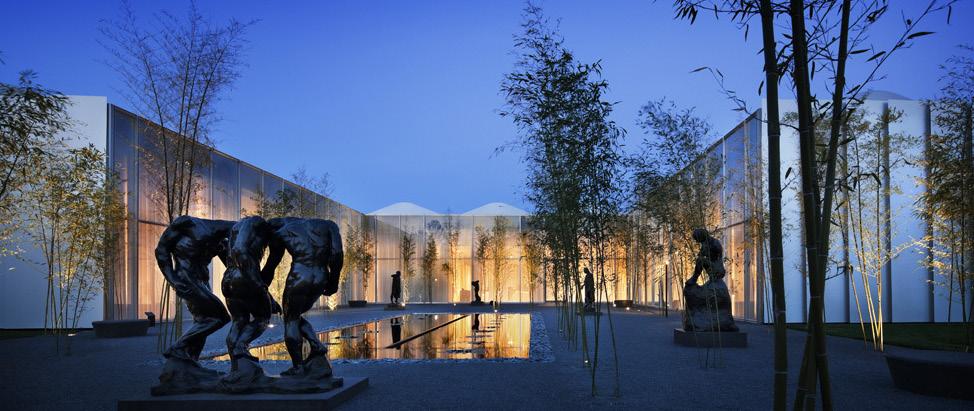
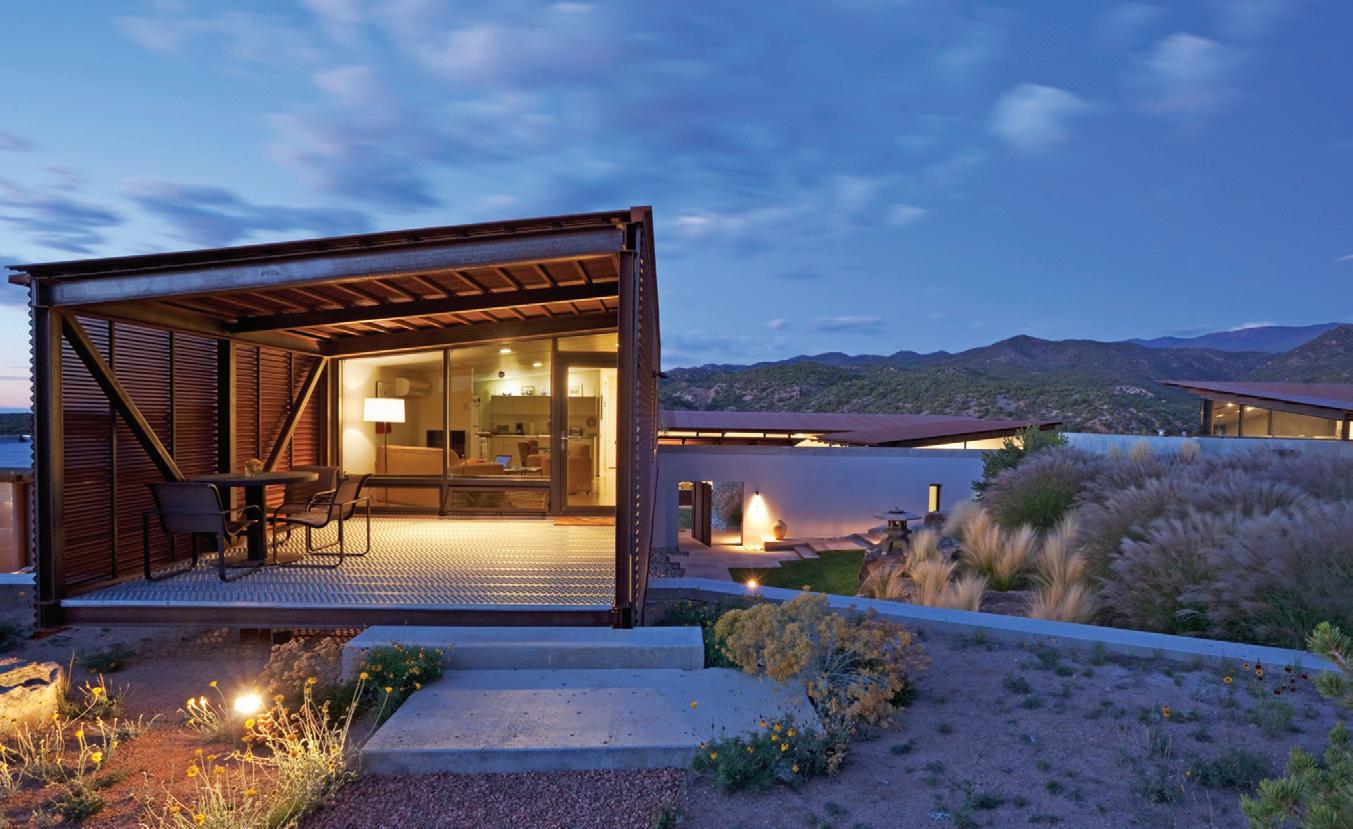



Andy Warhol’s first collection of paintings debuted at the Ferus gallery in 1962, and the art world and the general public found themselves in rare agreement that the show was a joke. Each canvas depicted, of all things, Campbell’s soup cans. Why? Why depict something any
person could see on a trip to the grocery store? Warhol had grown up, like so many post-war Americans, with Campbell’s as a lunchtime staple. Whether it was tomato, chicken noodle, or pepper pot it was a reliable and welcome source of nourishment- if not made by hand, at
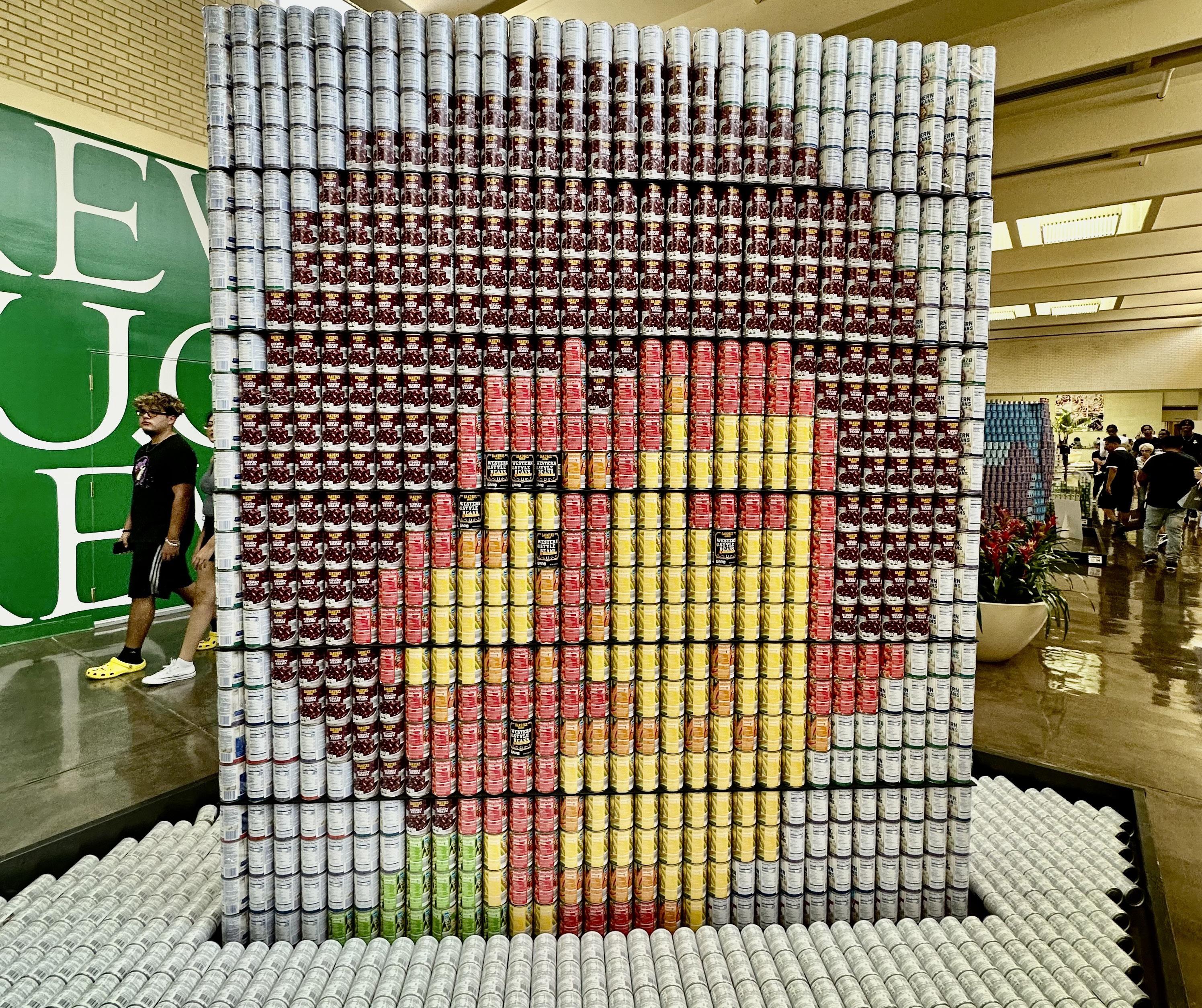
least served with love and concern.
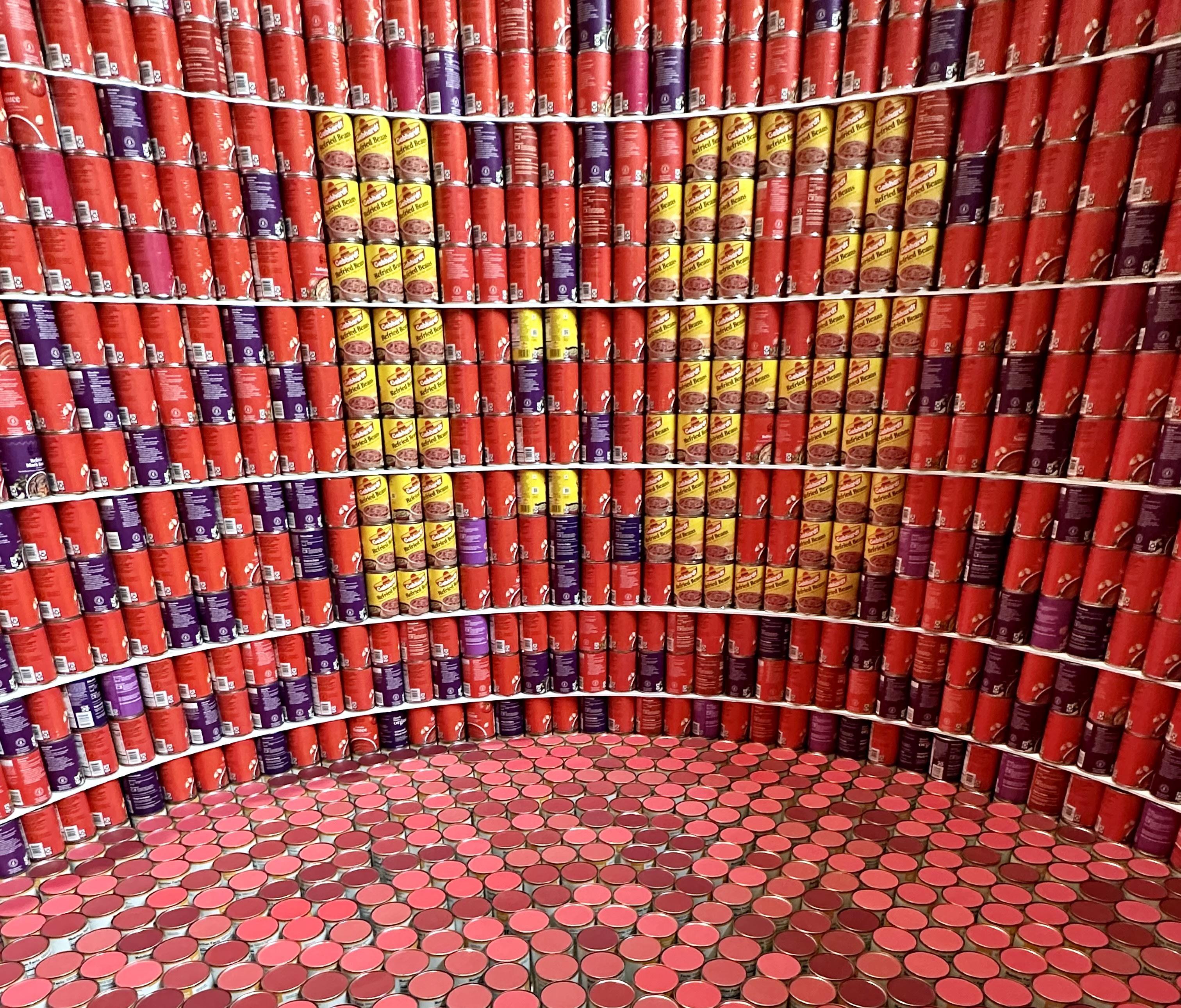
It’s hard to see virtue in the humble and familiar, but it only takes a little imagination. E.G. Hamilton understood that when he was designing NorthPark Center. He worked
closely with Ray and Patsy Nasher on each aspect of the design, and though the budget was limited to brick and concrete Hamilton made the most of it by giving the building a series of unique spaces and levels rather than a streamlined corridor. The result is an intimate, serene
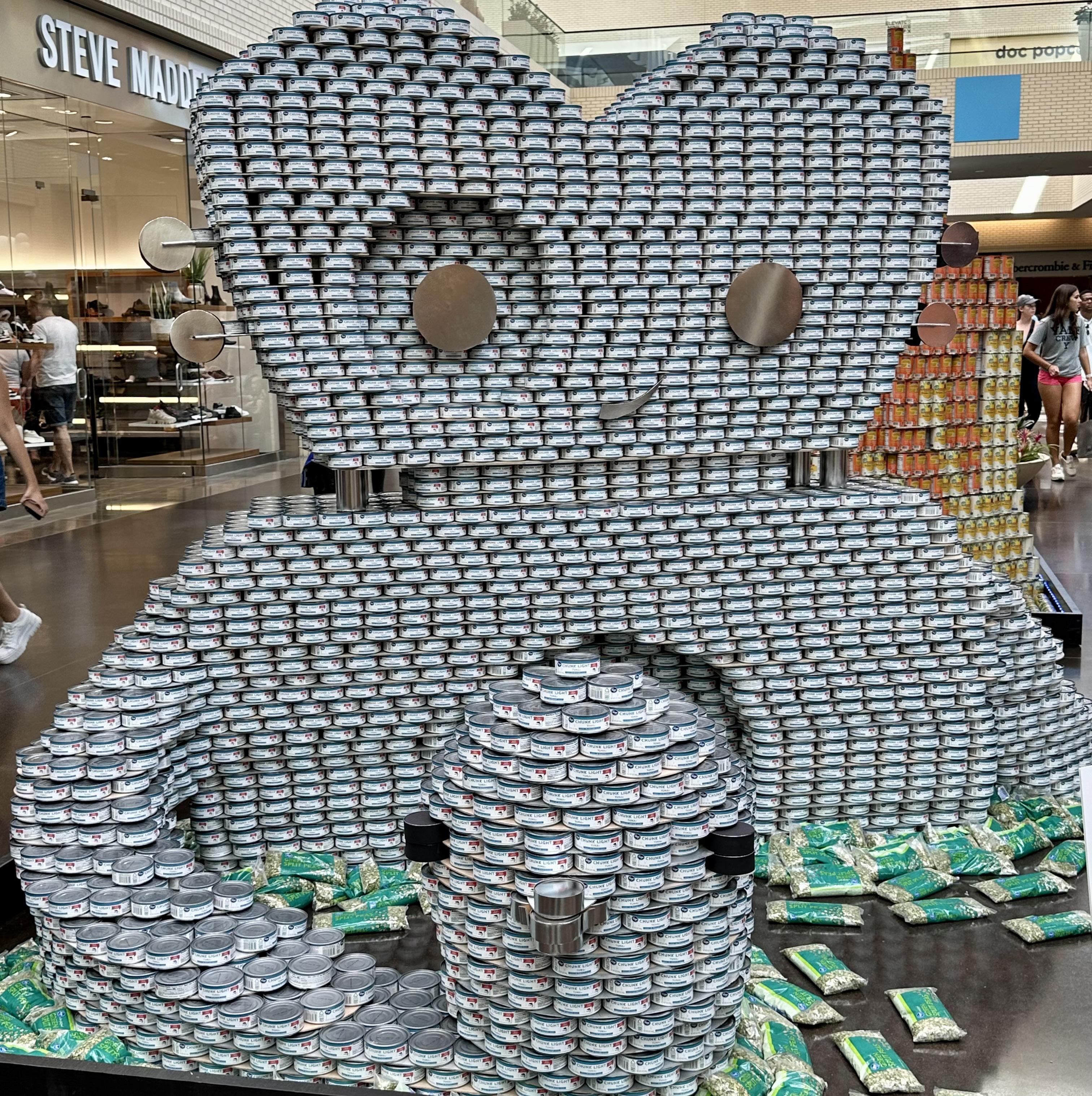

Connecting the Dallas Modern Community
Fostering Ideas and Creativity Building Relationships
Come network, socialize, learn and share ideas among other stewards of the Dallas modern community. Our members are designers, enthusiasts, mod homeowners,music people, builders, architects, artists, art collectors, modern enthusiast, real estate people, business people, health and fitness, furniture, film and fashion people of the Big D.
Feel free to invite another modernista friend or just bring them with you.
WEDNESDAY
SEPTEMBER 13 // 6-8PM
LIGHTS FANTASTIC
4645 Greenville Ave
Dallas, TX 75206
space that doesn’t overwhelm and doesn’t repeat, as well as an elegant environment for the Nasher’s art collection, and an annual design competition.
Canstruction brings together teams from A/E/C firms, that’s architectural, engineering, and construction, and challenges each to create a structure out of canned food. The designs typically dictate which kinds of canned food,
the colors of the labels naturally being vitally important to creating the look, are used, but their ultimate purpose is the same. Each structure, once a winner has been selected, is dismantled and donated to the North Texas Food Bank. Over one million cans have been donated since Canstruction began. One dollar donations are also taken to place a vote for which design takes home the best in show.

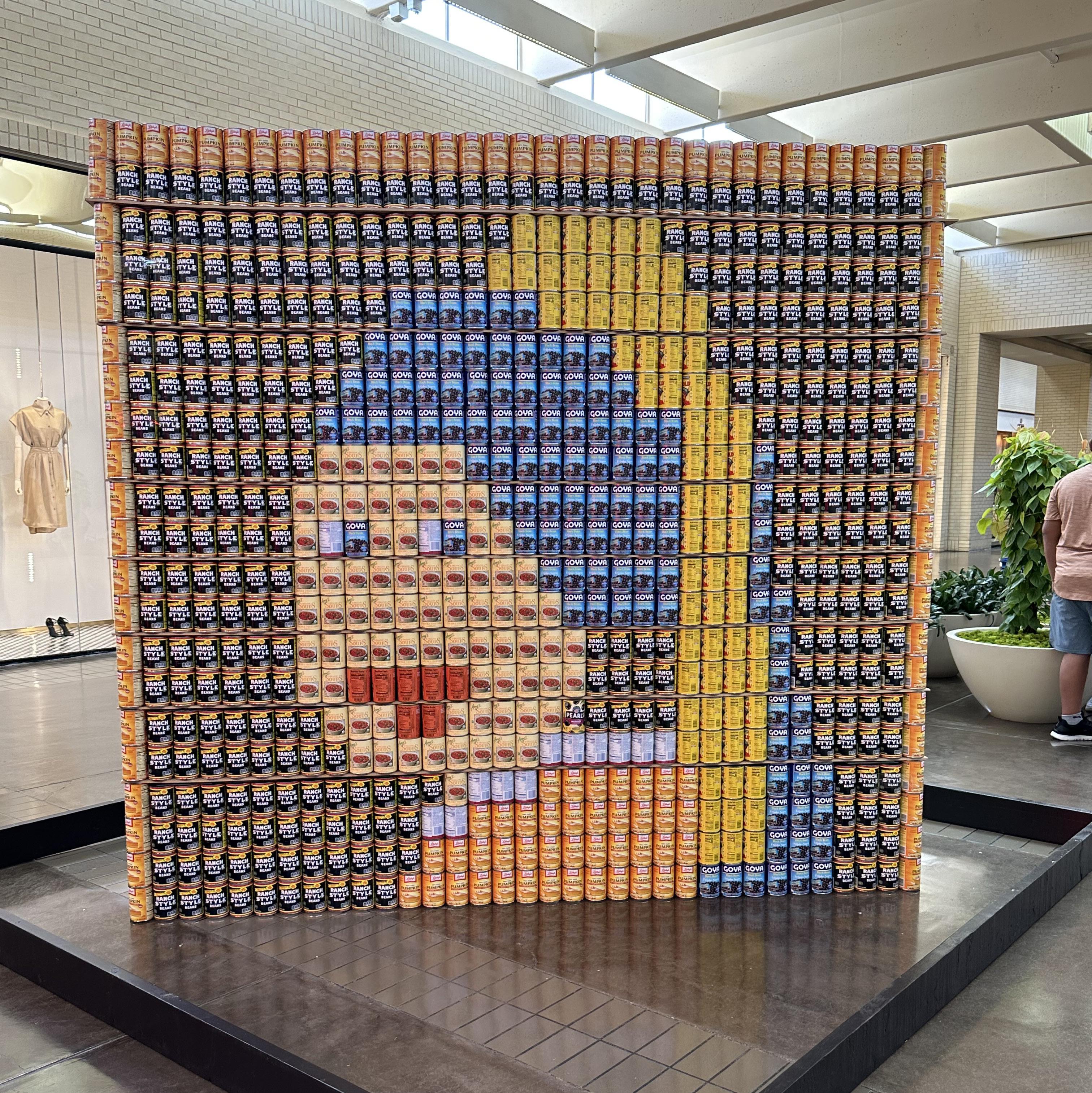
Ask any team, it’s nice to win, but it’s also nice to know that no matter what the outcome of the votes that everything, from, in this year’s case, each Bob Ross to So You Think You Cab Dance will go to someone in need. Every year gives us something different from Canstruction and in the end every year makes a difference to people in
need. This year’s entries are on display through Sunday September 10 at NorthPark Center, along with a Warhol or two.
// canstruction

CADDALLAS.ORG

Carneal Simmons Contemporary Art
Conduit Gallery
Craighead Green Gallery
Cris Worley Fine Arts
Erin Cluley Gallery
Galleri Urbane Marfa+Dallas
Holly Johnson Gallery
Keijsers Koning
Kirk Hopper Fine Art
Laura Rathe Fine Art
PDNB Gallery
Pencil on Paper Gallery
RO2 Art
Valley House Gallery & Sculpture Garden


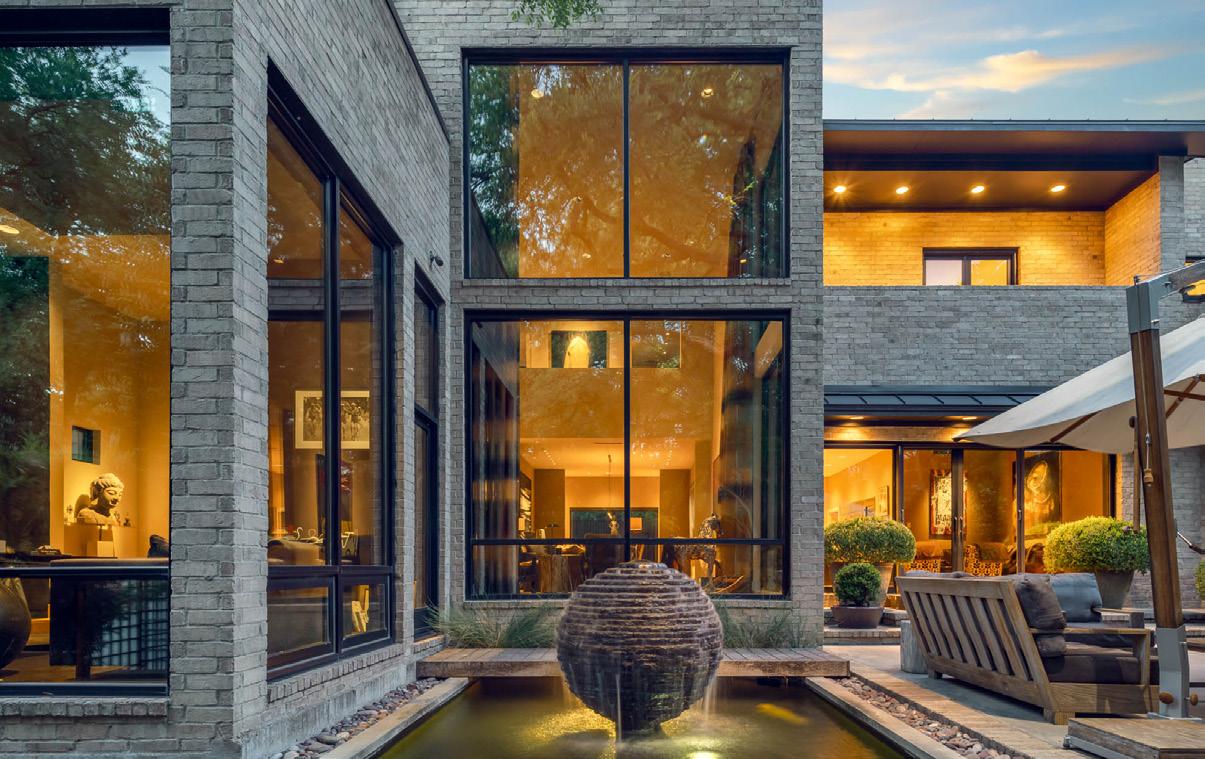
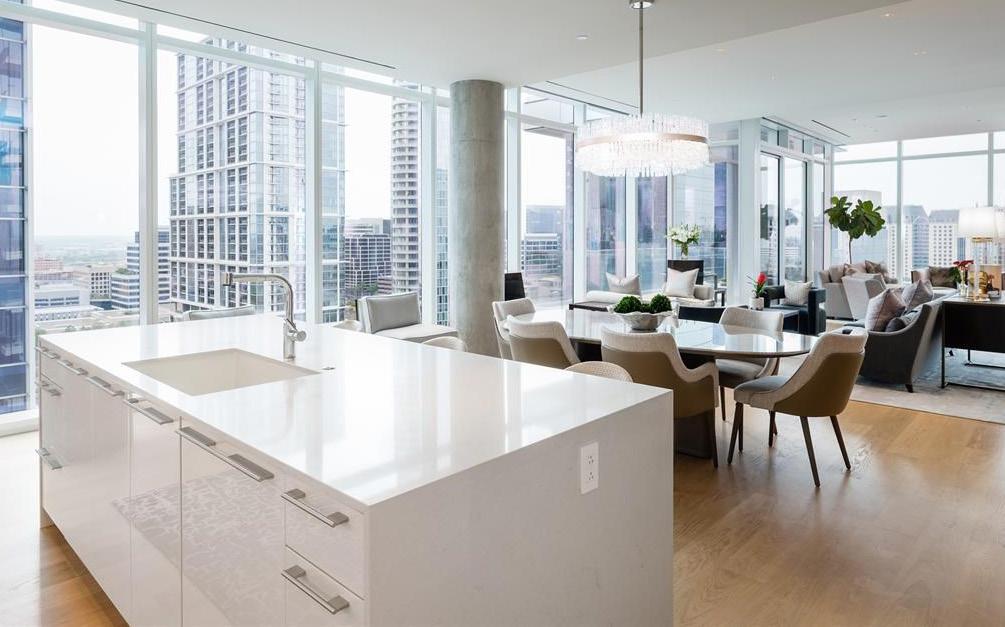


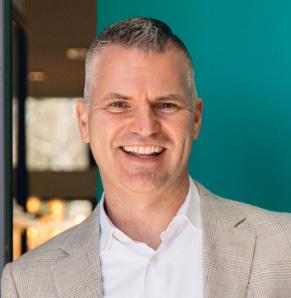

to the podcasts



 ART: Kevin Vogel, Valley House Gallery
ART: Kevin Vogel, Valley House Gallery
// a tribute by rodolfo dordoni to the legendary gardens in florence, boboli is a symbol of culture and historic beauty visible in the fluid lines of a table with an extremely bold, elegant design. scottcooner

// mona chair by rick lee is defined by a soft, biomorphic modern shape that hugs for an unparalleled lounging experience. thayercoggin
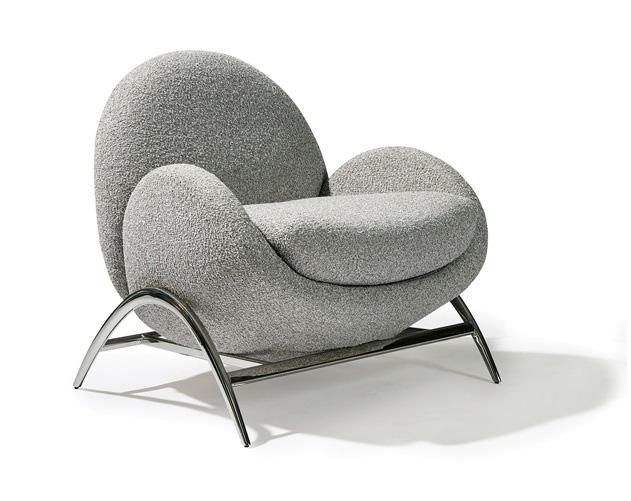
// since its inception in 1990, arcades history has been punctuated by encounters: between the founder ivan baj and numerous glass masters. smink



Modern events and activities make for fun around the Metroplex.
URBANISM IN DALLAS OVER THE PAST 25 YEARS
Dallas Architecture Forum
WALKING TOURS
Discover the Arts District + Fair Park Tram Tour
Ad Ex
PRESERVATION DALLAS
InTown Outings
CERAMICA SURO + EDUARDO SARABIA
Dallas Contemporary
MARK DI SUVERO
Nasher Sculpture Center
FOCUS ON: RASHID JOHNSON
Dallas Museum Of Art
JAPAN, FORM & FUNCTION EXHIBITION
Crow Museum Of Asian Art
ROBERT MOTHERWELL: PURE PAINTING
The Modern Art Museum
LEONARDO DREW: NUMBER 235T
The Amon Carter Museum of American Art
ROGER WINTER
Kirk Hopper Fine Art
DENTON MODERNISM
PDNB Gallery
DAVID COLLINS
Valley House Gallery
CHAOS9 + LILIAN YOUNG + JUSTIN ARCHER
ro2art
PAUL WINKLER + JAN VAN DER PLOEG
Cris Worley Gallery
ART OF PAPER
Laura Rathe Fine Art
HOWARD SHERMAN
William Campbell Gallery
EVA LUNDSAGER
Talley Dunn Gallery
REINHARD ZIEGLER + ROSALYN BODYCOMB + NANCY NEWBERRY
Conduit Gallery
MICHAEL YOUNG
Holly Johnson Gallery
CAROLYN BROWN + JAY MAGGIO + SIMON WARANCH
Craighead Green gallery

